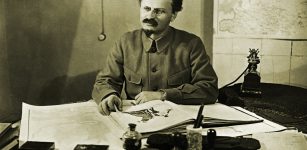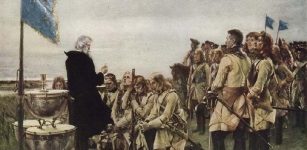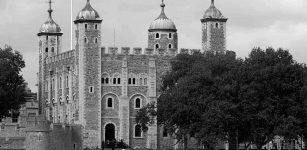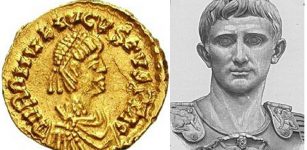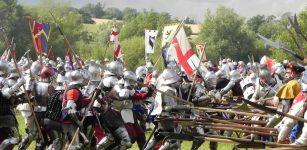On This Day In History: ‘Lady With The Lamp’ – Florence Nightingale Was Born – On May 12, 1820
MessageToEagle.com – On May 12, 1820,‘Lady with the Lamp’ – Florence Nightingale was born.
She was a great person, widely acknowledged as the pioneer of modern nursing; she was also a proficient mathematician.
Nightingale was named after her birthplace, Florence, Italy, where her parents were temporary residents. She grew up in Derbyshire, Hampshire and London where her well-to-do father maintained homes. Nightingale received her education in the Classics, history and mathematics; it was expected that she will get married to a society gentleman.
But Nightingale was not interested in social climbing and socializing with people of prominent social standing. Unsatisfied with her life, she surprised her family by announcing that her mission was to nurse the sick. She entered the Institution of Protestant Deaconesses, an establishment for the instruction of poor but honest girls in the skills of nursing, and from there, graduated to The Institution for the Care of Sick Gentlewomen.
When the Crimean War broke out, the public were scandalized by reports of crowded and unsanitary conditions faced by wounded British troops in Turkey. Nightingale set off at once for Constantinople with a few close companions to assist her.
She petitioned the Secretary of State for War to send more nurses, which he obliged did, and placed Nightingale in charge of the operation. At the hospital at Scutari, Nightingale found the place infested with vermin. Her first request was for 200 scrubbing brushes to wash the patients’ clothes.
Nightingale had to contend not only with the conditions but apathy of army officers, contempt of doctors and insubordination of junior nurses many of whom had to be sent home for drunkenness or immorality. Nightingale was more an administrator and inspector than an active nurse as.
She became known as the ‘Lady of the Lamp’ due to her frequent tours of the hospital at night with the aid of a Greek lamp.
After the end of the Crimean War, Nightingale took up the science of mathematics; she was seriously interested in epidemiology. She wanted to improve health care and invented the ‘coxcomb’, a mathematical diagram, which could help to illustrate causes of mortality. She also studied the sanitary conditions of India, but never visited that country. In 1858, Nightingale was elected as the first female member of the Royal Statistical Society.
When on her deathbed, Nightingale was offered the privilege of burial at Westminster Abbey, an offer that she refused. She was placed in a simple and modest tomb in St. Margaret’s Churchyard, Whinwhistle Road, East Wellow, in Hampshire, England,
with the simple inscription ‘F N’.
MessageToEagle.com







